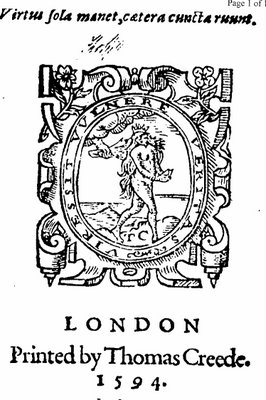GORDON BROWN will intensify the battle for Britain’s green voters with a range of new environmental taxes in this week’s budget, including a rise in road tax for “gas-guzzling†cars and large four-wheel-drive vehicles.
The chancellor is to create a new top rate of vehicle excise duty for the worst polluters, taking it up to about £185. The measure would probably apply to vehicles that emit more than 250 grams of carbon dioxide (CO2) per kilometre driven.
At the moment, the top rate of road tax on private cars applies to those emitting more than 185g of CO2 per kilometre. Owners of diesel cars in this band pay £170 a year while owners of petrol-driven cars pay £165.
The headline “gunning for gas-guzzlers” looks great. But £10 to £20 a year; what a total cop-out! (One can only hope this will be one of those leaks that will be boosted in the Budget for another spin-doctor headline.)
Tim Yeo, the senior Conservative MP who chairs the committee, said: “If we are going to deter people from buying and using such vehicles in towns then we should be looking at road tax levels of up to £5,000.”
Here, here! (And I might add, which the Conservatives won’t, the level has to be so punitive that the resale value drops out of these vehicles – that’s one way to REALLY discourage people from buying them.)
And, yes, before anyone asks, I’m happy to allow for exemptions to normal tax levels for people who can show that they really need them, eg genuine farmers; a 5-acre paddock for Petronella’s pony mustn’t count.
Just one more reminder why: evidence from 1930s diaries show the effects of climate change. (I’m sure I’ve read that story before, but what the hell, it is a good one.)
****
The Queen being in Australia takes me back, to my first “big” job as a journalist (covering her visit to Albury in 1988). Widespread apathy about royalty was already evident then and it seems nothing has changed except among the few oddities who always go into paroxyms of puppyish devotion on such occasions. Even John Howard, despite all of his attempts to take Australia back to the 1950s, hasn’t managed to change that.
Really, it is time Australia got its own head of state, surely.


 About
About